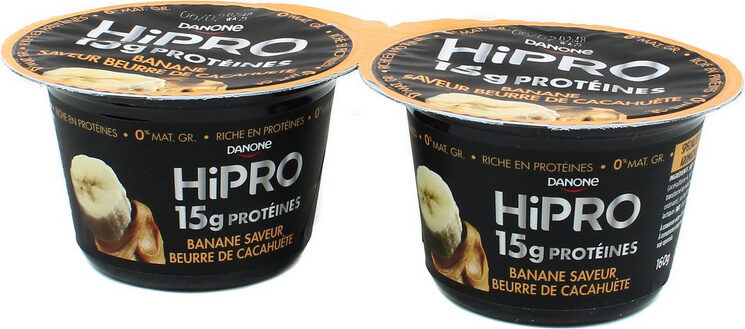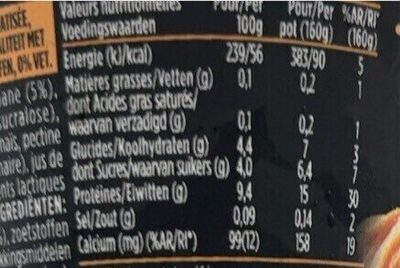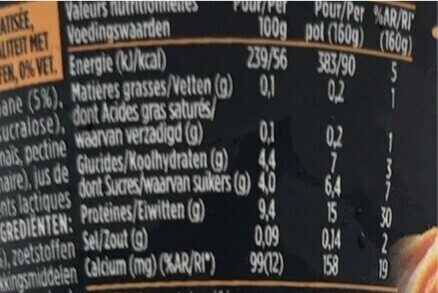Hipro - Danone - 2 x 160 g
This product page is not complete. You can help to complete it by editing it and adding more data from the photos we have, or by taking more photos using the app for Android or iPhone/iPad. Thank you!
×
Barcode: 3033491724633 (EAN / EAN-13)
Quantity: 2 x 160 g
Packaging: fr:Pot en plastique
Brands: Danone
Categories: Dairies, Fermented foods, Fermented milk products, Desserts, Dairy desserts, Fermented dairy desserts, Fermented dairy desserts with fruits, Yogurts, fr:Spécialités laitières, fr:Spécialités laitières aux fruits
Traceability code: FR 76.260.001 CE - Ferrières-en-Bray (Seine-Maritime, France)
Countries where sold: France
Matching with your preferences
Environment
Carbon footprint
Packaging
Transportation
Report a problem
Data sources
Product added on by kiliweb
Last edit of product page on by kiliweb.
Product page also edited by amtv, arc2, ecoscore-impact-estimator, ennoia11, feat, foodvisor, kalifun, karim2903, komkombre, moon-rabbit, openfoodfacts-contributors, quechoisir, quentinbrd, roboto-app, smoothie-app, yuka.sY2b0xO6T85zoF3NwEKvlhJiAuqEqxz2JRXvx2u059SWdc3FYe53_oTQMqs, yuka.sY2b0xO6T85zoF3NwEKvlhN5dNvmrhXKMRjVkk_Uw9zfE4zRT4lz-Yuhbas, yuka.sY2b0xO6T85zoF3NwEKvlkxfC_nzuiLELRfmgRapzeetMcPXce5OvaH3LKg, yuka.sY2b0xO6T85zoF3NwEKvll5tSfP-mW7AbyP5vUaSyNiHAYXNOYt2vtHmaKs, yuka.sY2b0xO6T85zoF3NwEKvllBdbf3SqDPbPSL6qEeJzNekB7DweN5V0IrDLag, yuka.sY2b0xO6T85zoF3NwEKvllFeWfzVnTHBLxDgv0eMwdCoKcTyc81D49XfNqg.









